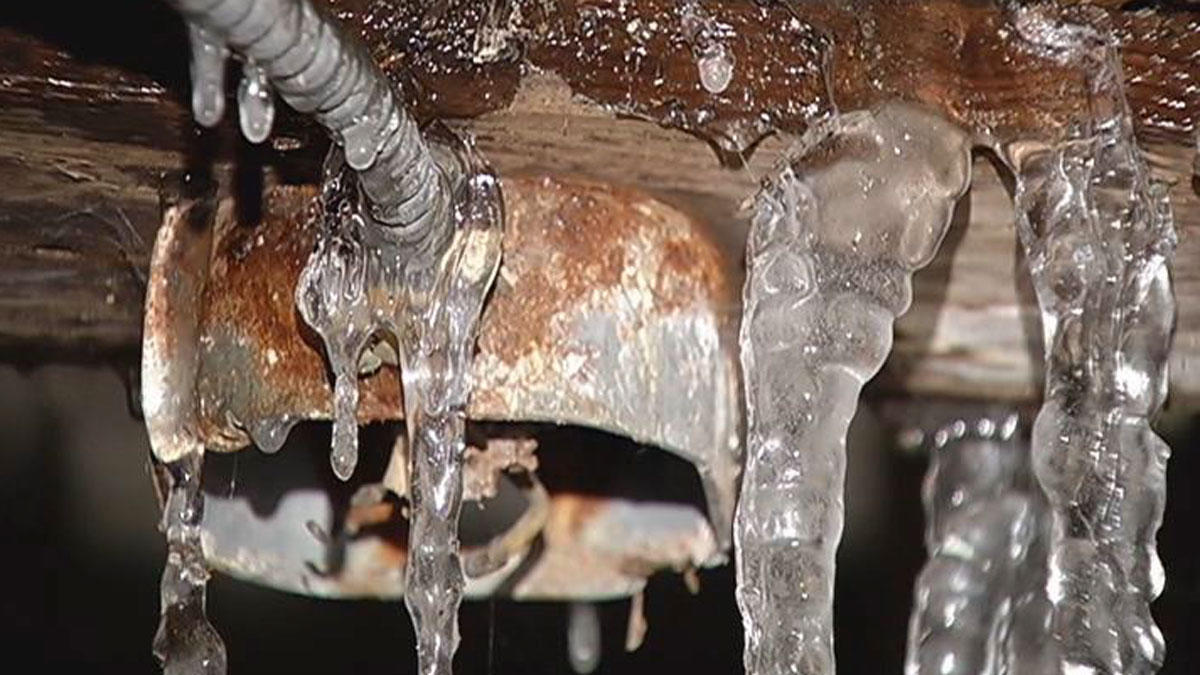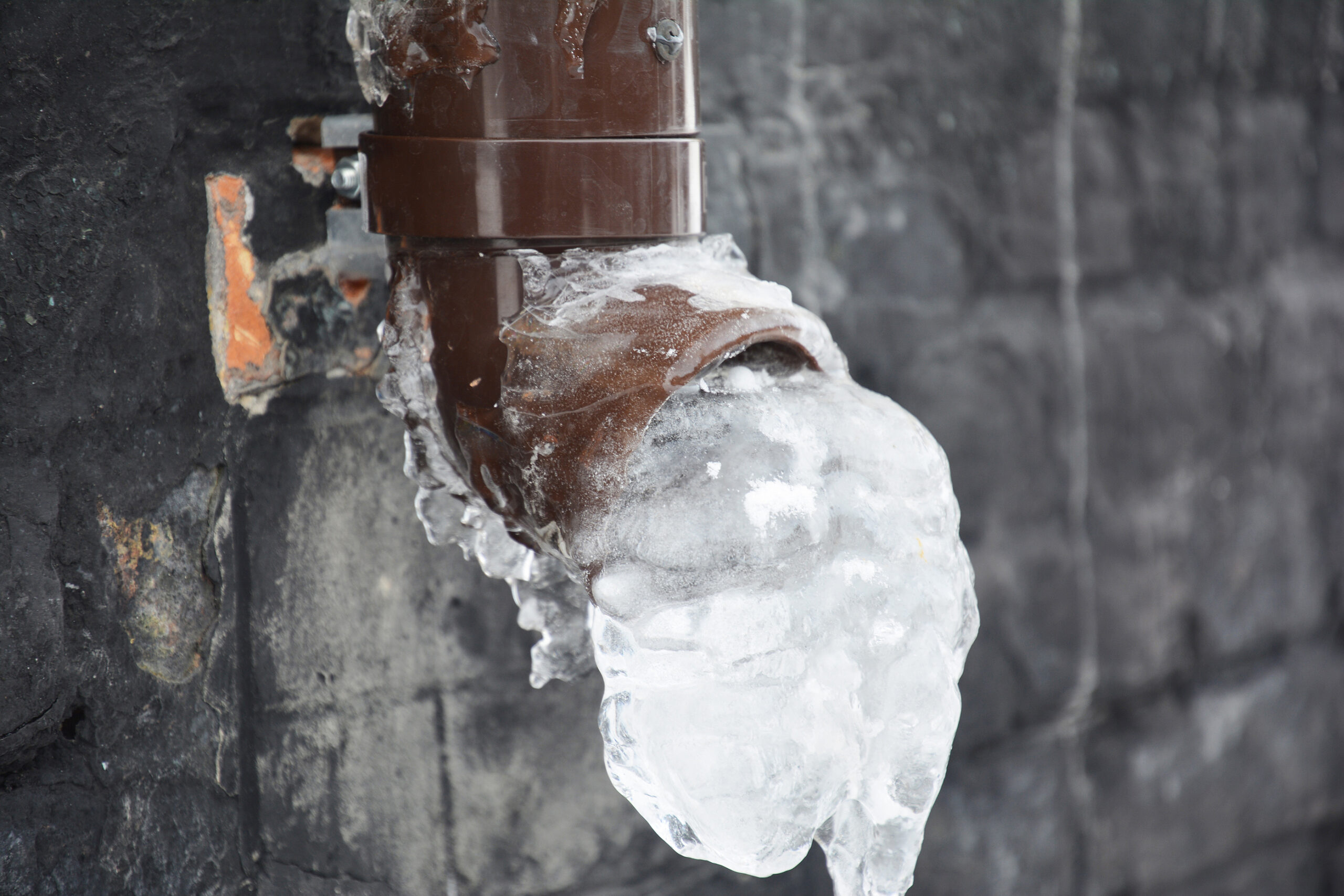Crucial Advice to Avoid Frozen Pipes in Winter: Expert Insights
Crucial Advice to Avoid Frozen Pipes in Winter: Expert Insights
Blog Article
They are making a few great points on the subject of Prevent Frozen Pipes as a whole in this content underneath.

Cold weather can wreak havoc on your plumbing, especially by freezing pipes. Here's exactly how to stop it from happening and what to do if it does.
Introduction
As temperatures decrease, the threat of icy pipelines boosts, possibly causing costly repairs and water damages. Understanding just how to prevent icy pipes is essential for property owners in cold environments.
Understanding Frozen Pipelines
What creates pipelines to ice up?
Pipes freeze when exposed to temperatures listed below 32 ° F (0 ° C) for extended periods. As water inside the pipelines freezes, it increases, taxing the pipeline wall surfaces and possibly causing them to break.
Dangers and damages
Frozen pipelines can result in supply of water disturbances, property damages, and costly fixings. Ruptured pipes can flooding homes and create considerable architectural damage.
Signs of Frozen Piping
Identifying icy pipes early can prevent them from bursting.
Exactly how to identify frozen pipelines
Search for reduced water flow from faucets, uncommon smells or sounds from pipes, and noticeable frost on subjected pipelines.
Prevention Tips
Shielding prone pipes
Cover pipes in insulation sleeves or use warmth tape to safeguard them from freezing temperatures. Concentrate on pipes in unheated or exterior locations of the home.
Home heating methods
Keep interior rooms effectively warmed, particularly areas with pipes. Open cupboard doors to allow cozy air to distribute around pipelines under sinks.
Securing Exterior Plumbing
Yard pipes and outside taps
Disconnect and drain garden hose pipes before winter season. Set up frost-proof spigots or cover outside taps with protected caps.
What to Do If Your Pipes Freeze
Immediate actions to take
If you think frozen pipes, maintain taps open up to relieve pressure as the ice thaws. Utilize a hairdryer or towels soaked in warm water to thaw pipes slowly.
Long-Term Solutions
Structural adjustments
Think about rerouting pipes far from outside walls or unheated locations. Add additional insulation to attic rooms, cellars, and crawl spaces.
Updating insulation
Purchase premium insulation for pipes, attic rooms, and walls. Proper insulation aids maintain regular temperatures and decreases the risk of icy pipes.
Conclusion
Preventing icy pipelines requires positive measures and fast reactions. By recognizing the reasons, indicators, and safety nets, homeowners can shield their plumbing throughout winter.
6 Proven Ways to Prevent Frozen Pipes and Protect Your Home
Disconnect and Drain Garden Hoses
Before winter arrives, start by disconnecting your garden hoses and draining any remaining water. Close the shut-off valves that supply outdoor hose bibs and leave the outdoor faucet open to allow any residual water to drain. For extra protection, consider using faucet covers throughout the colder months. It’s also important to drain water from any sprinkler supply lines following the manufacturer’s directions.
Insulate Exposed Pipes
Insulating your pipes is an effective way to prevent freezing. Pipe insulation is readily available at home improvement stores and is relatively inexpensive. Pay close attention to pipes in unheated areas such as the attic, basement, crawl spaces, or garage. Apply foam insulation generously to create a buffer against the cold. You can also wrap your pipes in heat tape or thermostat-controlled heat cables for added warmth.
Seal Air Leaks
Inspect your home for any cracks or openings that could let in cold air. Seal any holes around the piping in interior or exterior walls, as well as the sill plates where your home rests on its foundation. Additionally, make sure to keep your garage door closed unless you’re entering or exiting. Leaving it open creates a significant air leak that can lead to frozen pipes.
Allow Warm Air Circulation
During cold snaps, it’s essential to allow warm air to circulate evenly throughout your home. Leave interior doors ajar to promote better airflow. Open kitchen and bathroom cabinets to help distribute heat consistently around the rooms. If you have small children or pets, be sure to remove any household chemicals or potentially harmful cleaners from open cabinets for safety.
Let Faucets Drip
A small trickle of water can make a big difference in preventing ice formation inside your pipes. When temperatures drop significantly, start a drip of water from all faucets served by exposed pipes. This continuous flow helps prevent the water from freezing. Additionally, running a few faucets slightly can relieve pressure inside the pipes, reducing the chances of a rupture if the water inside does freeze.
https://choateshvac.com/6-proven-ways-to-prevent-frozen-pipes-and-protect-your-home/

Do you appreciate reading up on How to prepare your home plumbing for winter weather? Leave a remark further down. We will be glad to hear your ideas about this blog post. We hope to see you back again before long. Are you aware of anybody else who is very much interested in the subject? Feel free to promote it. I thank you for your readership.
Call Today Report this page